Vintage Tribal Kilim Runner 2' 10" x 8' 1" (34" x 97")
Type:
Kilim RugsCollection:
Tribal Runners, ClearanceID:
K0077142Size:
Material:
The designs feature a rich array of symbols representing tribal culture and Anatolian motifs, often in the form of medallions, diamonds, and other geometric shapes.
The designs feature a rich array of symbols representing tribal culture and Anatolian motifs, often in the form of medallions, diamonds, and other geometric shapes. These kilim runners are ideal for hallways and narrow spaces, offering a touch of ethnic charm and artisanal quality to any interior.
Herki kilims not only serve as functional floor coverings but also as artistic expressions of tribal identity, making each rug a unique cultural artifact.
Colors
- Warm Earth Tones: The predominant colors are warm hues such as reds, oranges, and browns, creating a cozy and inviting atmosphere.
- Contrasting Colors: The use of lighter shades like cream creates contrast against the deeper reds and oranges, allowing motifs to stand out.
- Rich Textures: The variations in color shading provide depth, suggesting a textured appearance that enhances the visual appeal.
- Color Symbolism: Red often symbolizes strength and warmth, while orange represent creativity and energy. Cream denotes purity and simplicity.
Design Elements
- Geometric Patterns: The rug features a series of geometric shapes, primarily diamonds, which contribute to its tribal aesthetic.
- Symmetry: The repeating motifs create a sense of harmony and balance, central to many tribal designs, emphasizing the importance of order in nature.
- Negative Space: The use of negative space around the motifs allows them to breathe, enhancing their visibility and importance within the overall design.
- Handwoven Quality: The artisanal craftsmanship is evident in the uneven edges and slight imperfections, adding authenticity and character to the piece.
Meaning of Main Motifs and Their Symbolism
- Diamonds: Often represent prosperity and protection, serving as a talisman for good fortune in many cultures.
- Hexagonal Shapes: Symbolize unity and interconnectedness, reflecting the relationships within families and communities.
- Triangular Patterns: Frequently indicate a connection to mountains or nature, representing stability and strength.
- Color Usage in Motifs: The vibrant colors enhance the meanings, with reds symbolizing courage and warmth, while the earthy tones ground the design in nature.
Summary
This vintage tribal kilim runner is characterized by warm earth tones and geometric patterns that reflect both its cultural origins and handmade craftsmanship. The vibrant colors express energy and creativity, while the motifs convey meanings of protection, stability, and interconnectedness. The overall design harmonizes these elements, creating a striking and meaningful piece that enhances any space.
- Ships in 1-4 business days
- Only one in stock, handmade, unique
- Free shipping via FedEx Express. Easy returns
- Contact us or add a note to your order if you want us to delay your shipping.
- Request more info if you want this rug shorter or narrower
Colors may appear slightly different across various monitors due to screen settings device differences, and external lighting conditions. If color accuracy is important for your space, we recommend viewing the rug on multiple devices or contacting us for a detailed color description. We can provide detailed photos and references using Sherwin-Williams, Benjamin Moore, Pantone, or even Crayola crayons.
You can also visualize most of our products in your own room with AR (augmented reality) on an iPhone or iPad.
Return Policy
Need a rug pad? We recommend RugPadUSA
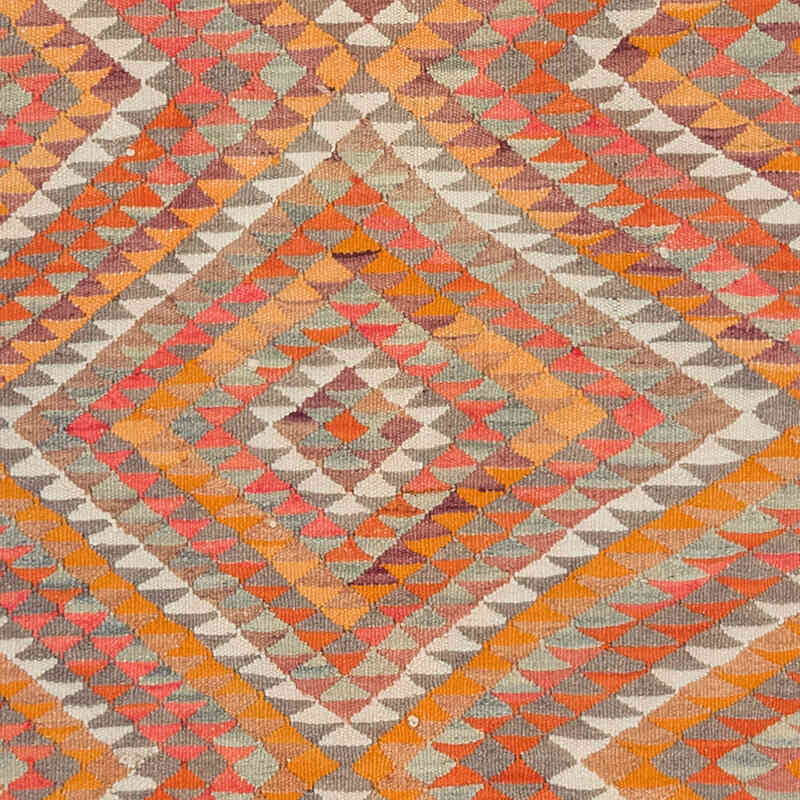
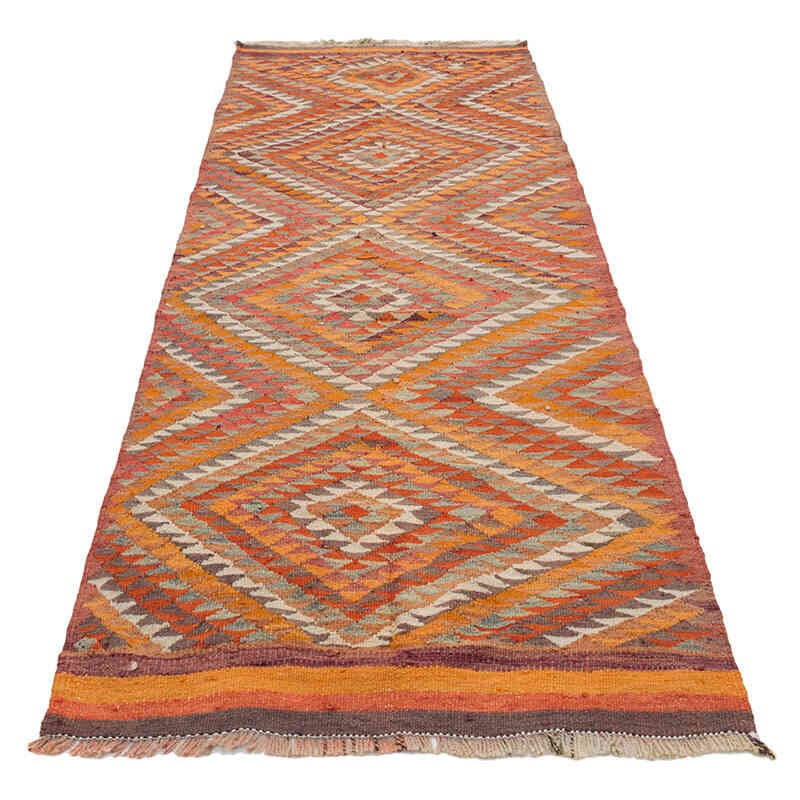
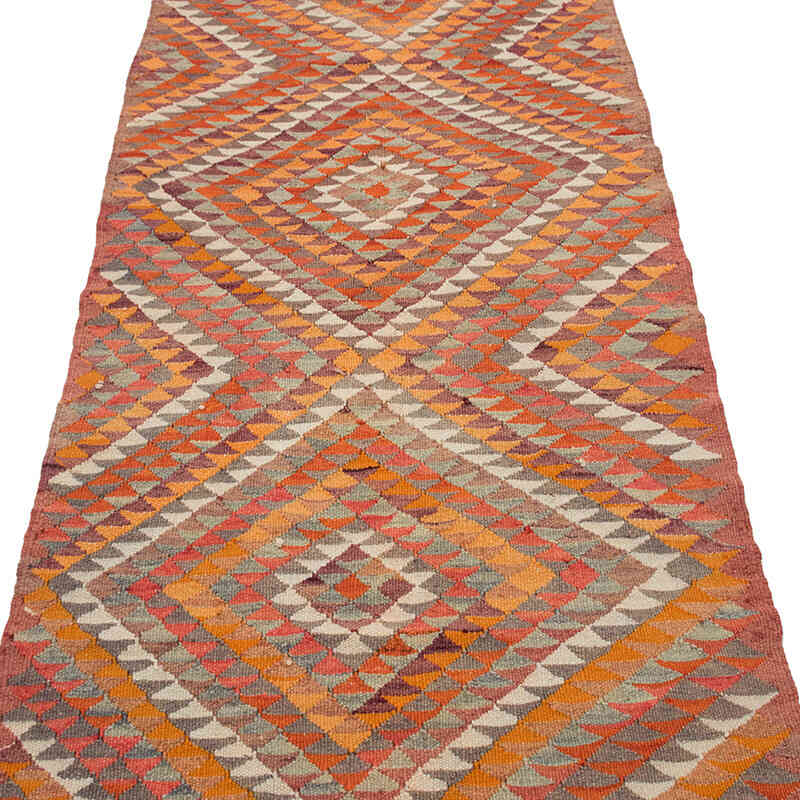
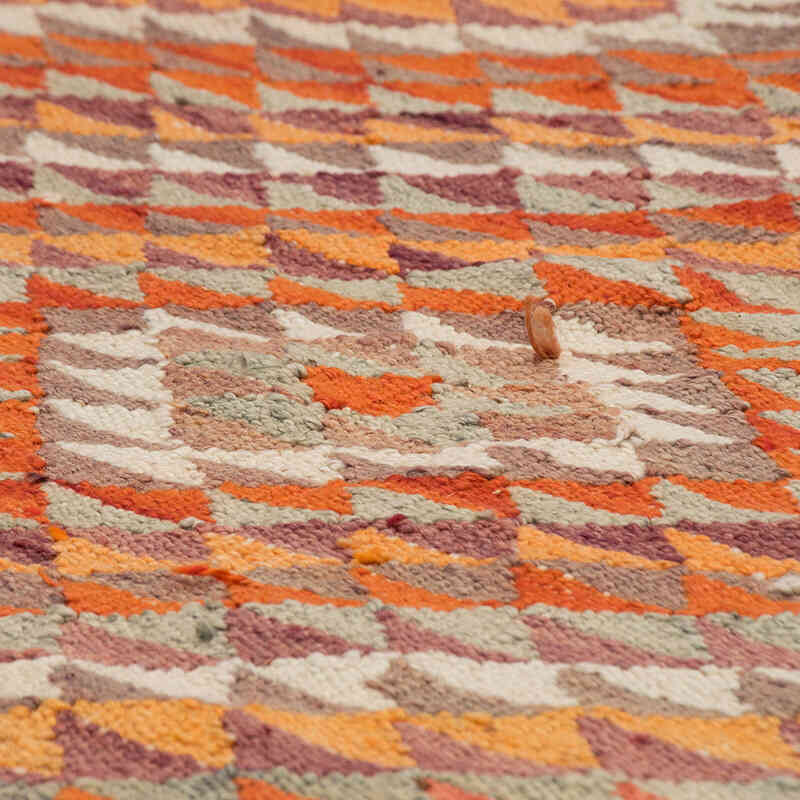
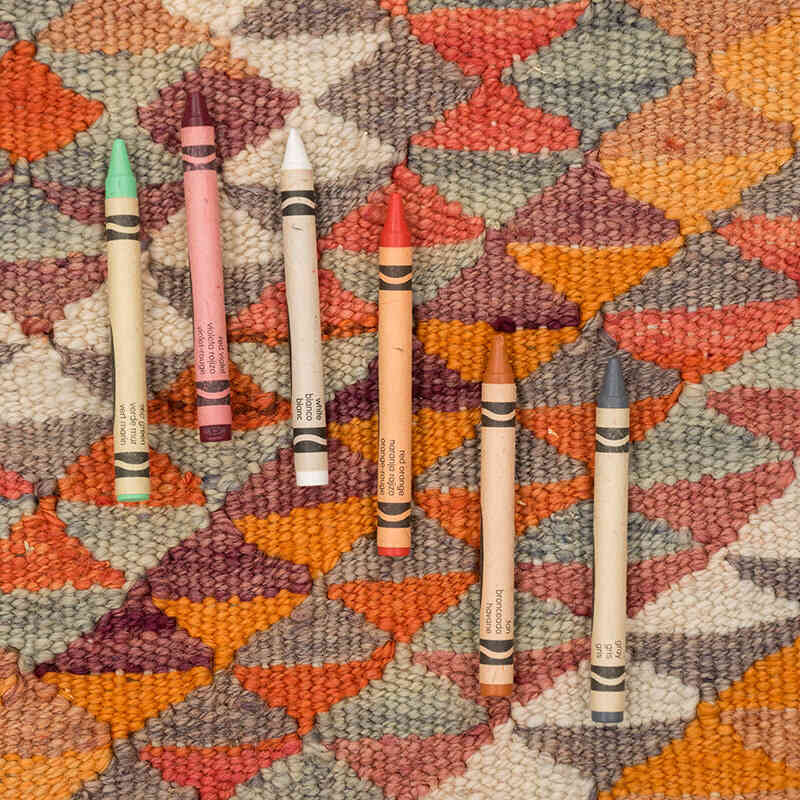
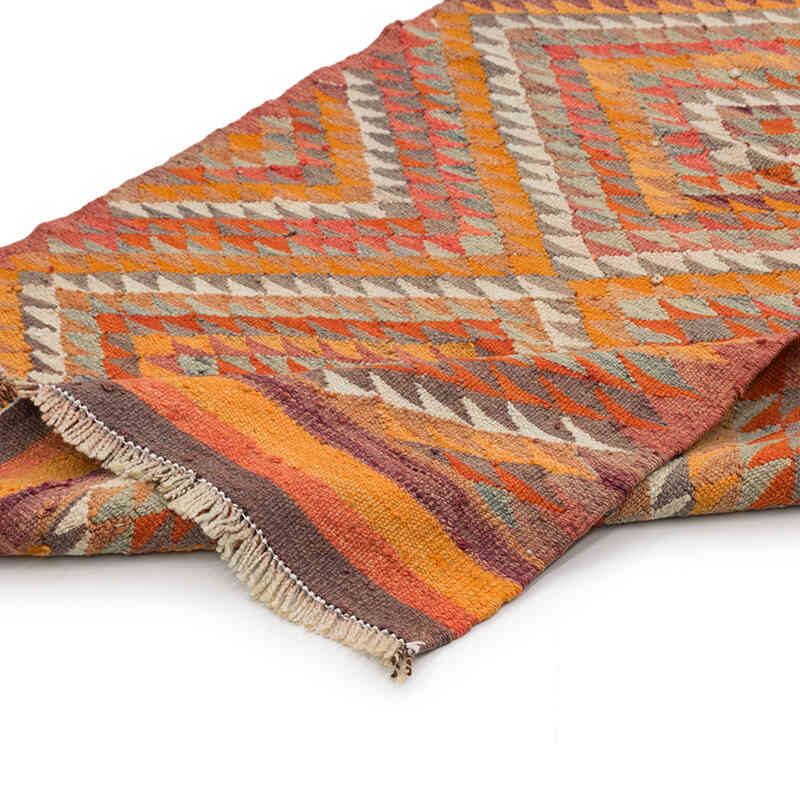
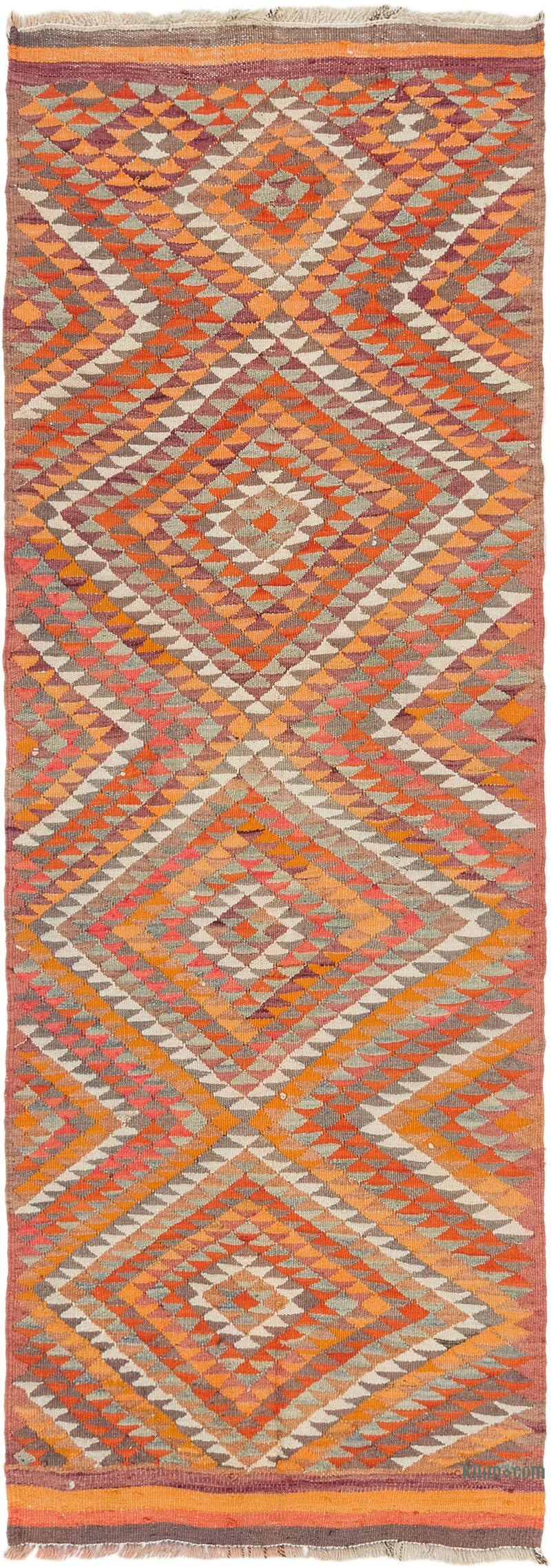















Fantastic Rug at a great price and the…